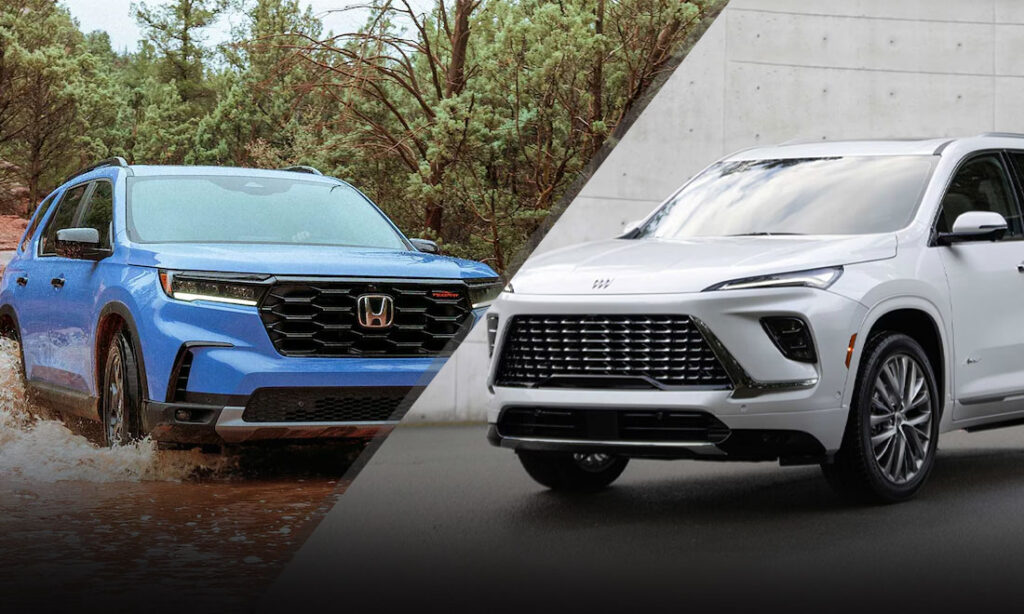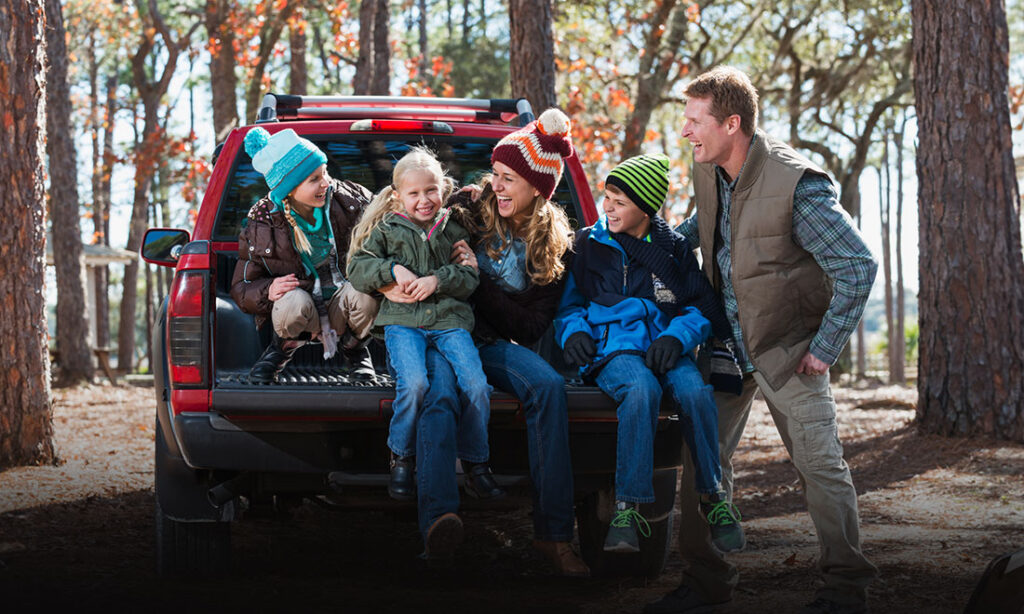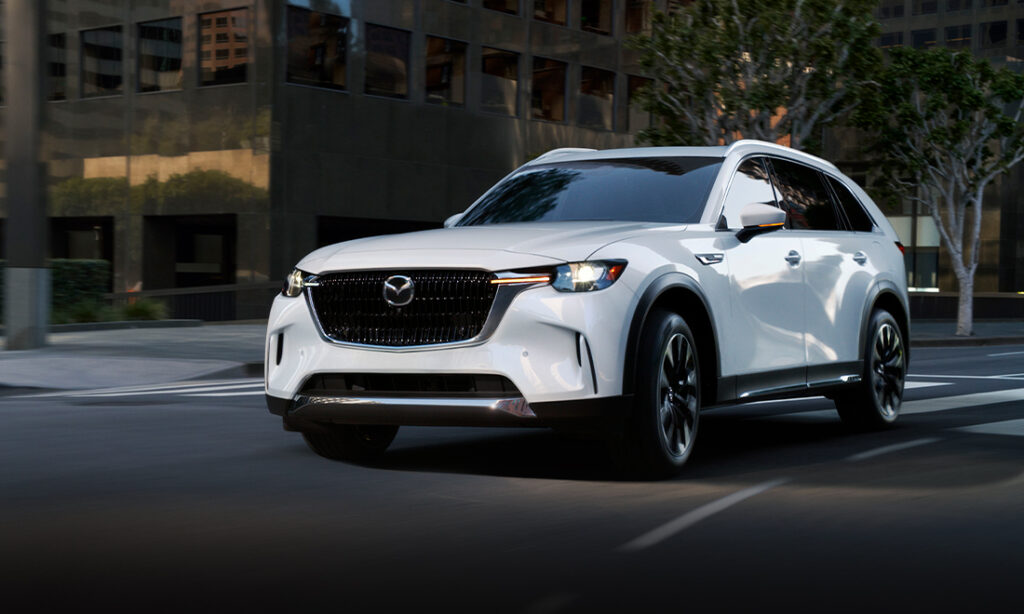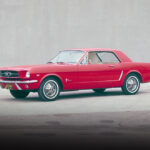Classic Clash: Chevy Apache vs Ford F-100
A perfect blend of utility and aesthetics, we compare classic trucks the Chevy Apache against the Ford F-100.
When Trucks Were Trucks
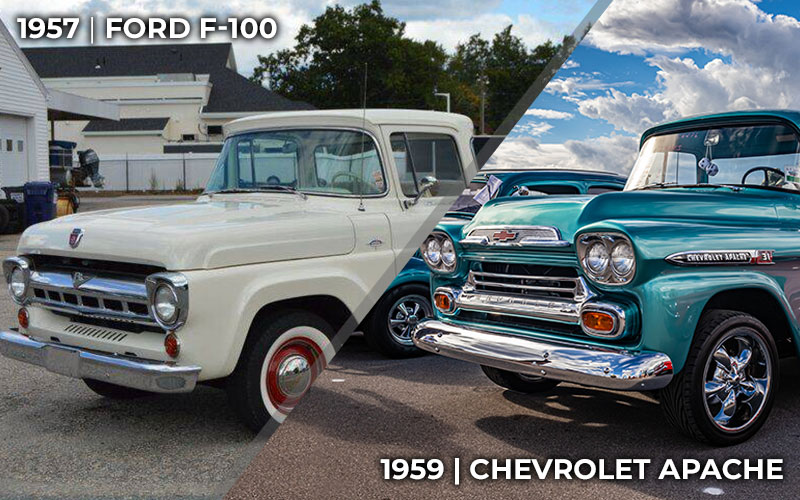
Today’s pickups are car company cash cows, loaded to the gills with all manner of automotive tech and luxury features, capable of monumental feats of strength in one moment and in the next sprinting across the desert like jackrabbits hopped up on Turinabol and Pixy Stix (at least in their Baja-truck guises).
Jump back in time sixty-five years, to the “good old days” and you’ll find a compelling hinge point for the practically minded pickup. The late 1950s was a moment of transition for the trucks from both Ford and GM. Stylistically and mechanically, GM’s new Task Force trucks and the third-generation F-100 represent a shift for the pickup from work-focused utilitarian machines and into something more, both more appealing and more capable.
The age-old question looms, which of these classic trucks is “better,” the Ford or the Chevy? Today, we our rose-colored glasses and look back to when trucks were trucks and compare the Chevy Apache vs the Ford F-100.
Chevy Apache
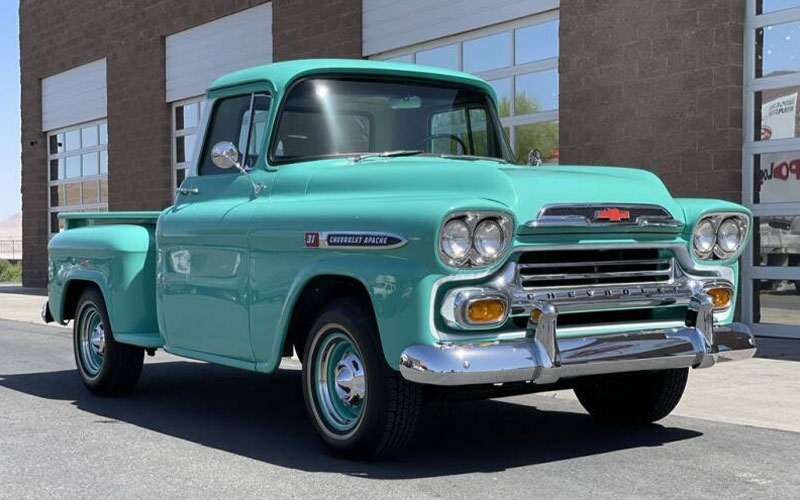
As the successor to Chevy’s Advanced Design pickups, the Chevy Task Force truck (the Blue Chip Series for GMC) was produced from 1955 through 1959 and was succeeded by the C/K Series. Sandwiched between these two memorable trucks, it’s easy to forget about the “missing link” between them, the Chevy Task Force.
The Task Force was a major advancement over the Advanced Design trucks. It featured a wrap-around windshield, a first for a production pickup, optional chrome bumpers front and back, a new 12-volt electrical system, and a new small-block V8, Chevy’s first since 1917. The new engine was a 265 cu-in (4.3L) Taskmaster V8 making 145 horsepower and 238 lb-ft of torque. The Task Force also had options for power steering, power brakes, a radio, and white wall tires. There were even two choices for comfy bench seating, the Nu-Flex bench with “air relief valves” or the swanky “Airmatic” bench with adjustable air pumps.
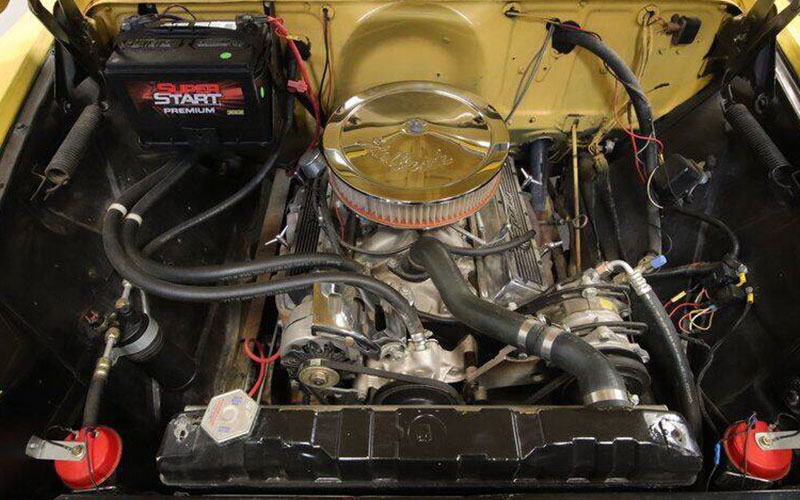
In 1958, Chevy updated the Task Force and accompanying nomenclature. The light-duty version was now known as the Apache while the mid-duty was given the name Viking and the heavy-duty dubbed the Spartan. The Apache (and other Task Force trucks) received a new shorter, wider grille and a new larger 283 cu-in (4.7L) V8 that provided a major jump to 283 horsepower. The Apache also got a new quad-headlight design and air-conditioning as a factory option.
As good as the Chevy Apache was, it was soon replaced by the C/K Series in 1960.
Ford F-100
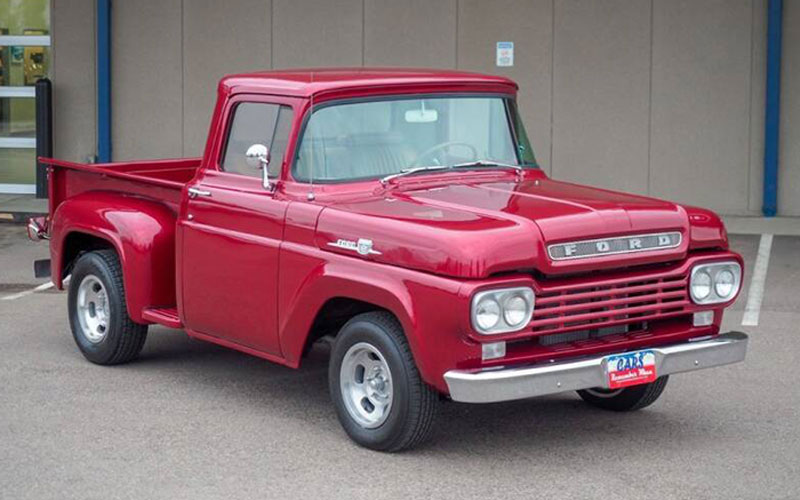
Around this same time, over at Ford, a third generation of the F-Series was making its debut in 1957. Like the Task Force, the new third-gen F-100 re-wrote the formula with major changes to the style and substance of the Ford pickup.
The second-generation truck had been notable for its large “Flareside” fenders, bulging hood, and wide mouthed. The new third-gen truck flattened the hood into a new clamshell design. The sides of the truck were also smoothed over. Gone were the massive, bulbous fenders and in their place the small fender flares of the “Styleside” design. This fresh look smoothed the transition between cab and bed for a sleeker more modern look. (Ford still offered a “Flareside” bed option, but these were a minority of orders.) The new squared-off look of the third-generation “Styleside” would go on to inform F-Series design language for decades to come.
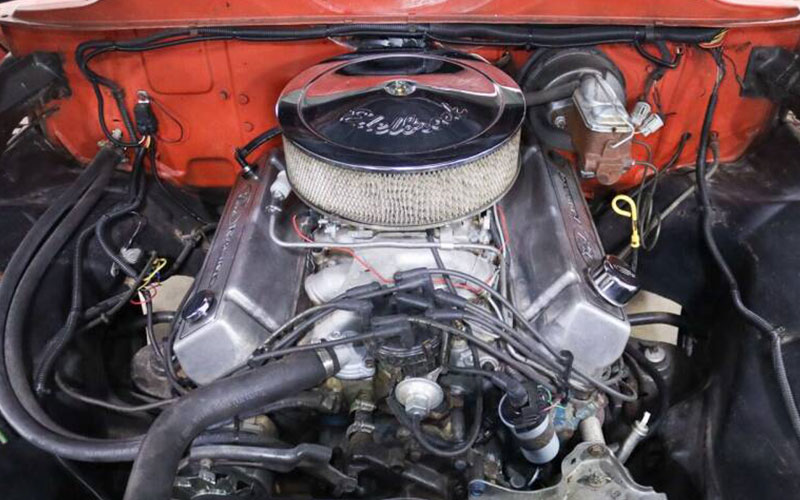
Improvements for the third-generation F-100 weren’t just cosmetic, either. The new bed design also provided more room in back, wider than both the second-generation and Chevy’s Task Force truck. The F-100’s cabin also gained in width for additional comfort. Under the hood, the F-100 offered a 223 cu-in straight six and, initially, a 272 cu-in Y-block V8. For 1959 and 1960, Ford gave the truck a larger 292 cu-in V8. Ford also offered notable upgrades like a two-tone pain scheme and the Custom Cab package that gave the F-100 sun visors, color-keyed upholstery, an illuminated cigarette lighter, and “Custom Cab” badging.
The “Better” Truck
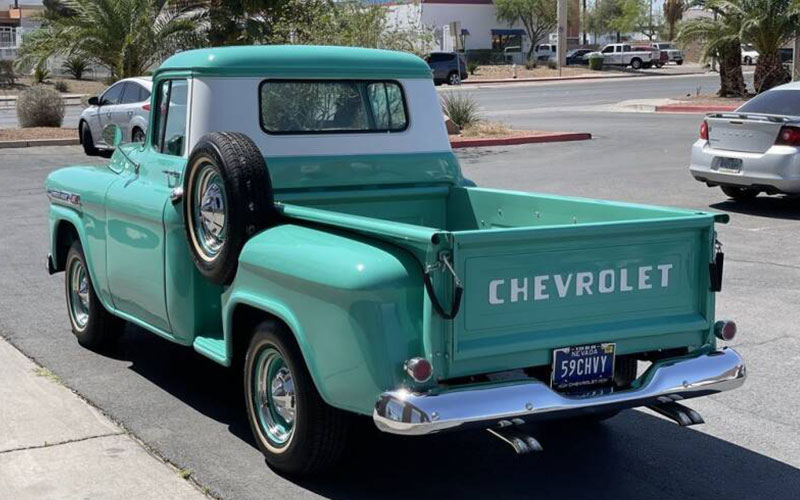
To determine a “winner” between these two trucks, one has to weigh distinction versus influence. The Chevy Apache gets points for upping our expectations for comfort and style in a pickup, but it was also quickly overshadowed by its successor, the C/K Series. The third-generation F-100, by contrast, marked a clear departure from the designs that preceded it while strongly influencing the design of subsequent F-Series trucks.
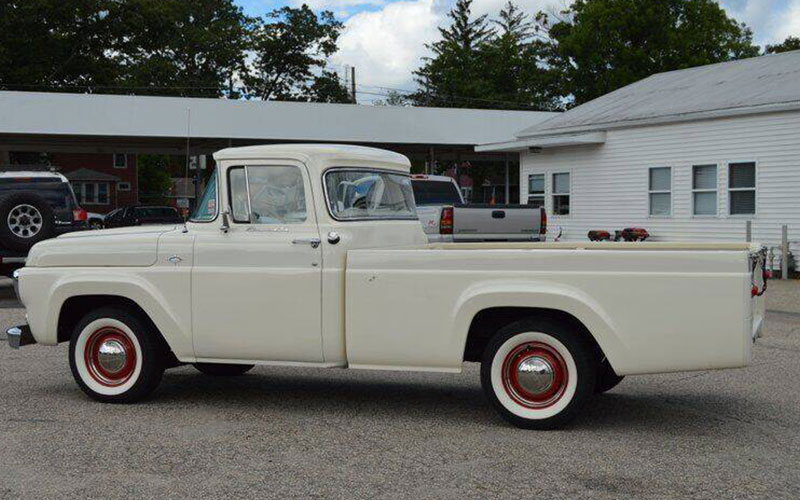
For my money, I side with the Apache, based solely on the fact that my neighbor down the street owns a much loved, much used ’58 Chevy Apache Fleetside with a healthy patina only time can buy and a tailgate long ago replaced by wood planks. Both the Apache and F-100 evoke the “before times” of simple, straight-forward pickups while simultaneously heralding the evolutions to come.


